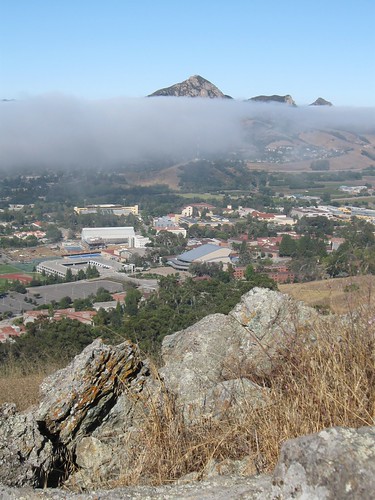Eaarth by Bill McKibben
Sunday, September 26th, 2010The title of Bill McKibben’s latest book, Eaarth, sounds like the cry of someone falling off a cliff. McKibben has been writing about climate change since he published The End of Nature twenty years ago, always mixing a prophetic pessimism about the magnitude of the danger with an activist’s optimism about how disaster could be avoided. In the two years since the publication of his last book, Deep Economy, the option of avoidance has disappeared. Eaarth is McKibben’s name for the less friendly and predictable planet humans now inhabit. Two years ago, people were still quaintly worried about the effect of climate change on their grandchildren. Today its consequences are already upon us. “Eaarth,” he concludes starkly, “represents the deepest of human failures.”
This book is worth reading now because it fully takes into account three recent catastrophes: the acceleration of geophysical climate changes, the near collapse of the global economic system, and the failure of the U.N. Copenhagen Climate conference to arrive at any meaningful international agreement. McKibben’s prescriptions for dealing with our predicament are consistent with what he and many others have been advocating since 1970: recognizing limits to growth, promoting localism and decentralization, and affirming that conservation and satisfaction of basic needs must replace our excesses of consumerism and greed.
During the years he was working on this book McKibben was remarkably successful in organizing two grassroots worldwide movements largely driven by young people, Step-It-Up and 350.org. Despite their inability to produce the kind of changes needed, his recommendations for adaptation to our reduced circumstances could allow us to face them “lightly, carefully, gracefully.”
my notes and comments on Deep Economy (Word doc)



